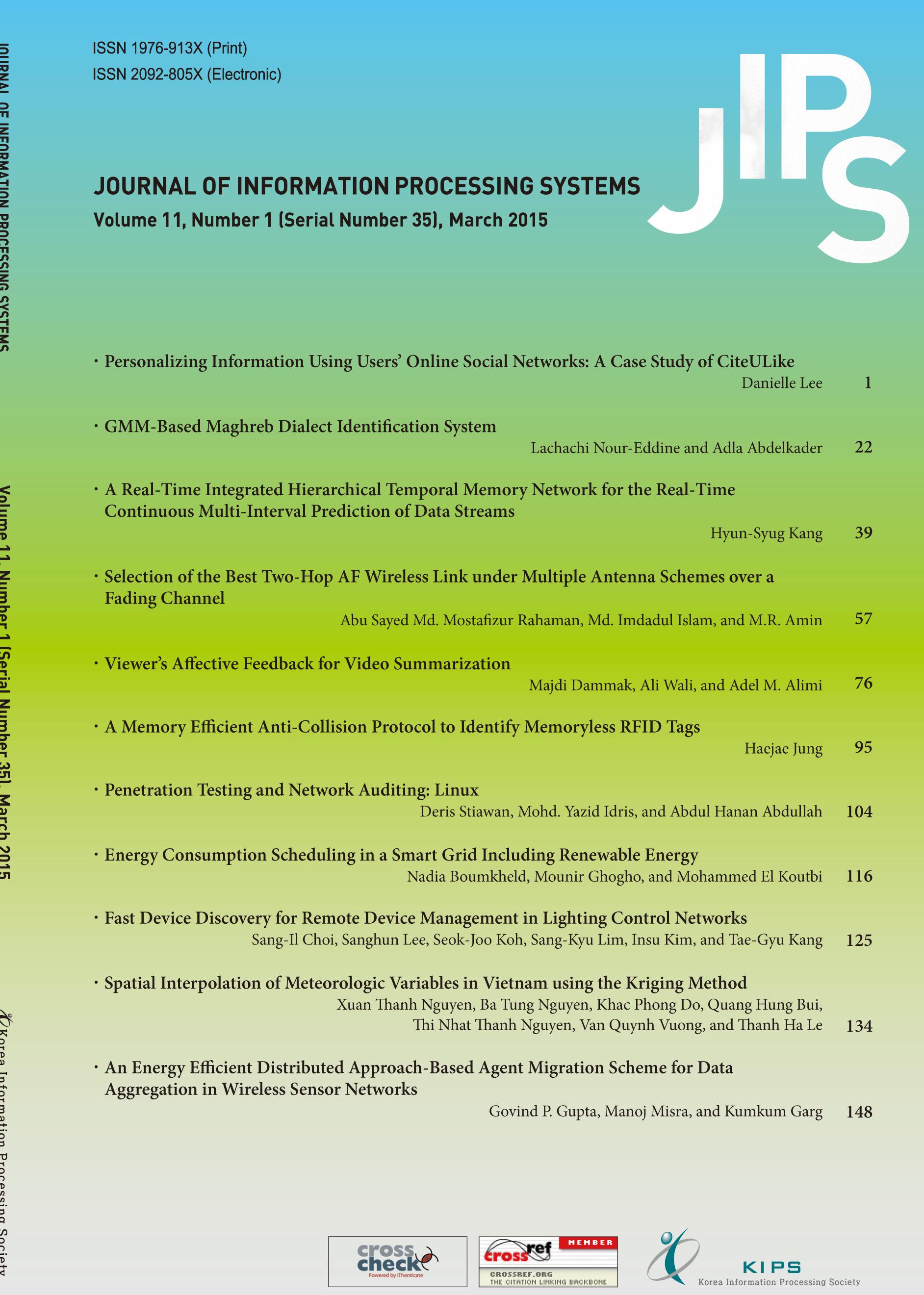BioMed Research International
BMRI
- URL: https://www.hindawi.com/journals/BMRI/si/914694/cfp/?utm_source=CFPsites&utm_medium=marketing%20referral&utm_campaign=HDW_MRKT_GBL_SUB_CFP_EAR_AUTH_SPEC_2738_10053
- Call For Paper Type: SI
- H2 Index: 0
- Submission Date: 2019-11-29
- Notification Date: 2020-01-03
- Final Version Date: 2020-03-27
Multitarget Therapeutics for Neurodegenerative Diseases
Call for Papers
The progression of neurodegenerative diseases such as Alzheimer’s (AD), Huntington’s (HD), and Parkinson’s diseases (PD) has a multifaceted and complex nature. Numerous factors such as impaired mitochondrial dynamics, deposition of amyloid fibrils in the brain, excessive metal accumulation in the human brain, generation of reactive oxygen species, and genetic factors have to be considered when developing therapeutics for neurodegenerative diseases. Multitarget-directed ligands (MTDLs) have evolved as effective tools in facing the complexity of neurological disorders. The superior therapeutic profiles of MTDLs to single-target small molecules are attributed to the ability of MTDLs to target multiple major pathological cascades of neurodegenerative diseases. The amyloid hypothesis is the most influential model of the pathogenesis of neurological disorders which entails the deposition of oligomeric or fibrillar amyloid fibrils. The tau hypothesis proposes that tau phosphorylation and aggregation are the primary causes for the progression of neurological disorders.
This special issue aims to provide a forum to present and collate both original research and review articles discussing the etiology of neurodegenerative diseases with a focus on the chemistry and the development of MTDLs as a therapeutic approach. Multitarget therapeutic approaches include development of dual inhibitors of enzymes involved in progression of neurological disorders, such as acetylcholinesterase and -secretase. Submissions are encouraged which discuss modification of enzyme inhibitors to possess features such as metal chelation and modulation of oxidative stress, which can be beneficial for the treatment of neurological disorders. Studies involving natural products or small molecules affecting viability of neuronal cells or involved in biological events with potential effects on neuronal cells are also welcomed. Finally, PET tracers and the chemistry involved in novel pathways of progression of neurodegenerative diseases would also be of potential interest.
Potential topics include but are not limited to the following:
Design and synthesis of small molecules as enzyme inhibitors or activators as potential therapeutics for neurodegenerative diseases
Repositioning of drugs for neurodegenerative diseases based on multitarget strategy
In vitro and in vivo screening of enzyme inhibitors as therapeutics for neurological disorders
Drug discovery for neurological disorders: polypharmacological profiling of potential therapeutics using cheminformatics and virtual screening methodologies
Studies centered on amyloid peptides, covering formation, structure, and interaction with membranes and proteins
Identification of small molecules that can modulate oxidative stress in neuronal cells
Research aimed at the discovery of novel targets or pathway for pathogenesis of neurodegenerative diseases
Lead Guest Editor:
Moustafa Gabr, Stanford University, Palo Alto, USA
Guest Editors:
Mohamed Benchekroun, Institut de Chimie des Substances Naturelles, Gif-sur-Yvette, France
Samuele Maramai, University of Sussex, Brighton, UK
Manikandan Alagumuthu, Vellore Institute of Technology, Vellore, India
Samir Yahiaoui, Helmholtz Institute for Pharmaceutical Research Saarland (HIPS), Saarbrücken, Germany
Authors can submit their manuscripts through the Manuscript Tracking System at https://mts.hindawi.com/submit/journals/bmri/neurology/mtnd/
Submission Deadline:
Friday, 29 November 2019
Publication Date:
April 2020
Papers are published upon acceptance, regardless of the Special Issue publication date.













